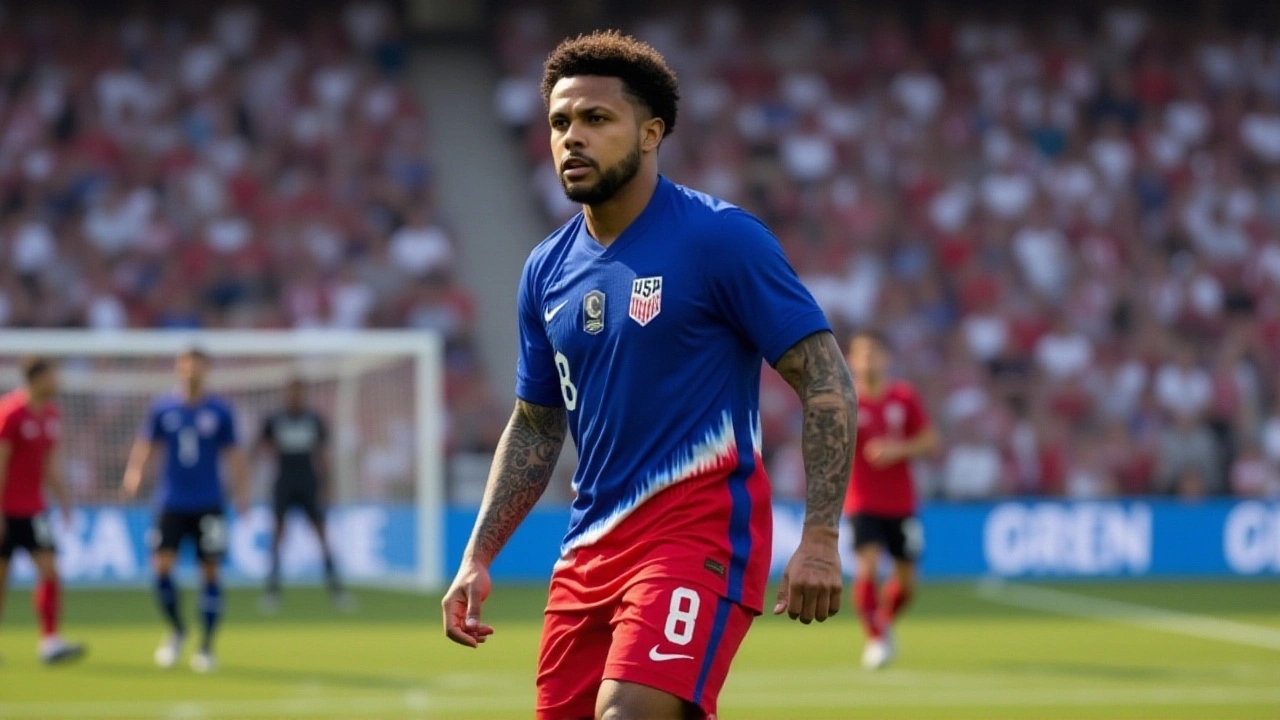Morocco – Women's Football, WAFCON & More
When talking about Morocco, a North African nation with a fast‑growing football scene. Also known as the Kingdom of Morocco, it has become a hub for women's sport development. WAFCON, the Women’s Africa Cup of Nations, serves as the premier stage for national teams across the continent. The Atlas Lionesses, Morocco’s women’s national team, have turned the tournament into a platform for showcasing talent. Their recent clash with Senegal, a strong West African side highlighted the competitive spirit of African women’s football. Morocco now enjoys a reputation for rising stars and memorable moments on the pitch.
Key Players and Defining Moments
One of the most talked‑about scenes came from the penalty spot, when Yasmin Mrabet, the Atlas Lionesses’ forward slotted a decisive kick against Senegal. This clutch performance illustrates how individual skill can swing an entire tournament. The match also proved that WAFCON demands composure under pressure, a trait the Atlas Lionesses have cultivated through intensive training camps and regional friendlies.
Beyond the headline moments, the tournament structure itself shapes team strategies. WAFCON encompasses group stages, knockout rounds, and a final showdown, each requiring different tactical approaches. Teams like Senegal, known for physical play and disciplined defense often rely on rugged midfield work, while Morocco leans on technical flair and swift wing play. These contrasting styles foster a rich competitive landscape across Africa’s women’s football scene.
Another important piece of the puzzle is the growing media coverage and fan engagement. Social platforms amplify match highlights, player interviews, and behind‑the‑scenes footage, making the sport more accessible. As a result, local clubs see a surge in youth enrollment, especially among girls eager to emulate their national heroes.
From a broader perspective, Morocco’s investment in infrastructure—new training facilities, upgraded stadiums, and coaching education programs—directly influences its performance at WAFCON. These resources help the Atlas Lionesses prepare for the tactical demands of high‑stakes matches, such as adjusting formations mid‑game or executing set‑piece routines.
Regional rivalries also play a significant role. When Morocco faces Senegal, the contest isn’t just about three points; it’s a statement of footballing pride and a test of each nation’s development pathways. Such matchups push federations to refine talent pipelines, from grassroots academies to senior squads.
Looking ahead, the next edition of WAFCON promises expanded participation and a tighter schedule, which will challenge teams to manage player fatigue and squad depth. Morocco’s recent success suggests they’ll continue to prioritize squad rotation and fitness monitoring to stay competitive.
For fans eager to follow the story, keep an eye on upcoming friendlies, qualifying rounds, and tournament draws. The Atlas Lionesses’ journey offers a blueprint for how focused investment, strong leadership, and clutch performances like Mrabet’s penalty can propel a team onto the continental stage.
Below you’ll find a curated list of recent articles covering Morocco’s football triumphs, player profiles, and the wider impact of women’s soccer across Africa. Dive in to see how the Atlas Lionesses are shaping the game and what the future holds for WAFCON competition.
Tunisia, Morocco clinch Africa’s two spots as CAF 2026 qualifiers near end
Tunisia and Morocco have locked in Africa's two World Cup spots as CAF qualifiers near the finish, with group leaders and playoff races heating up.

